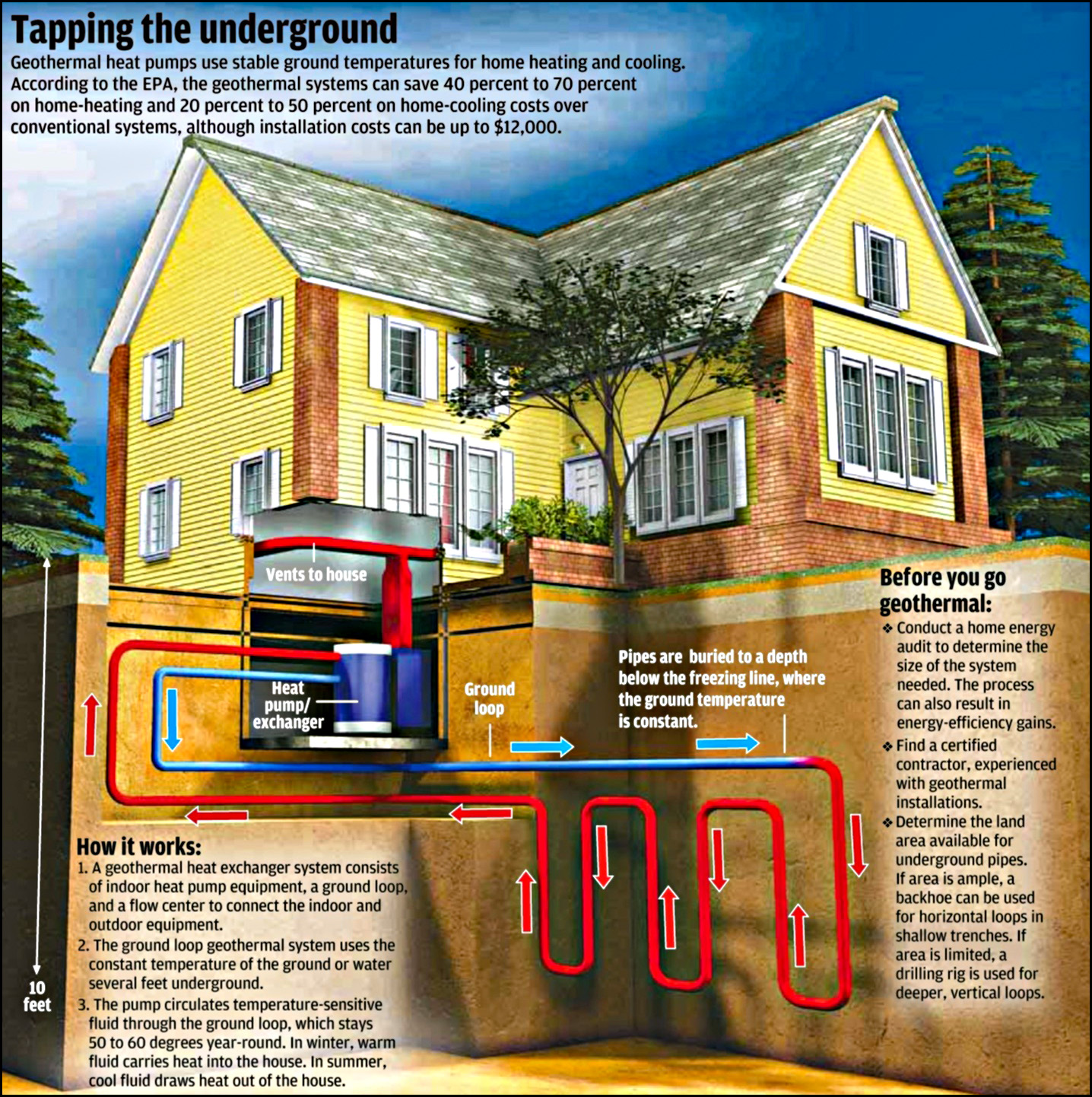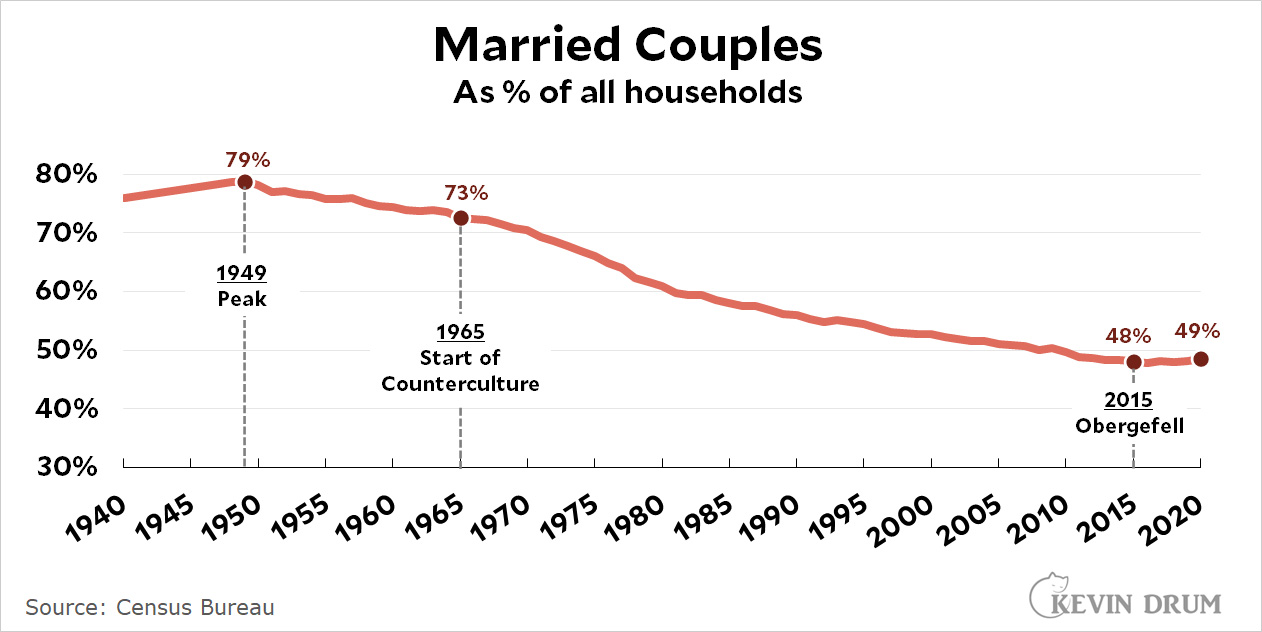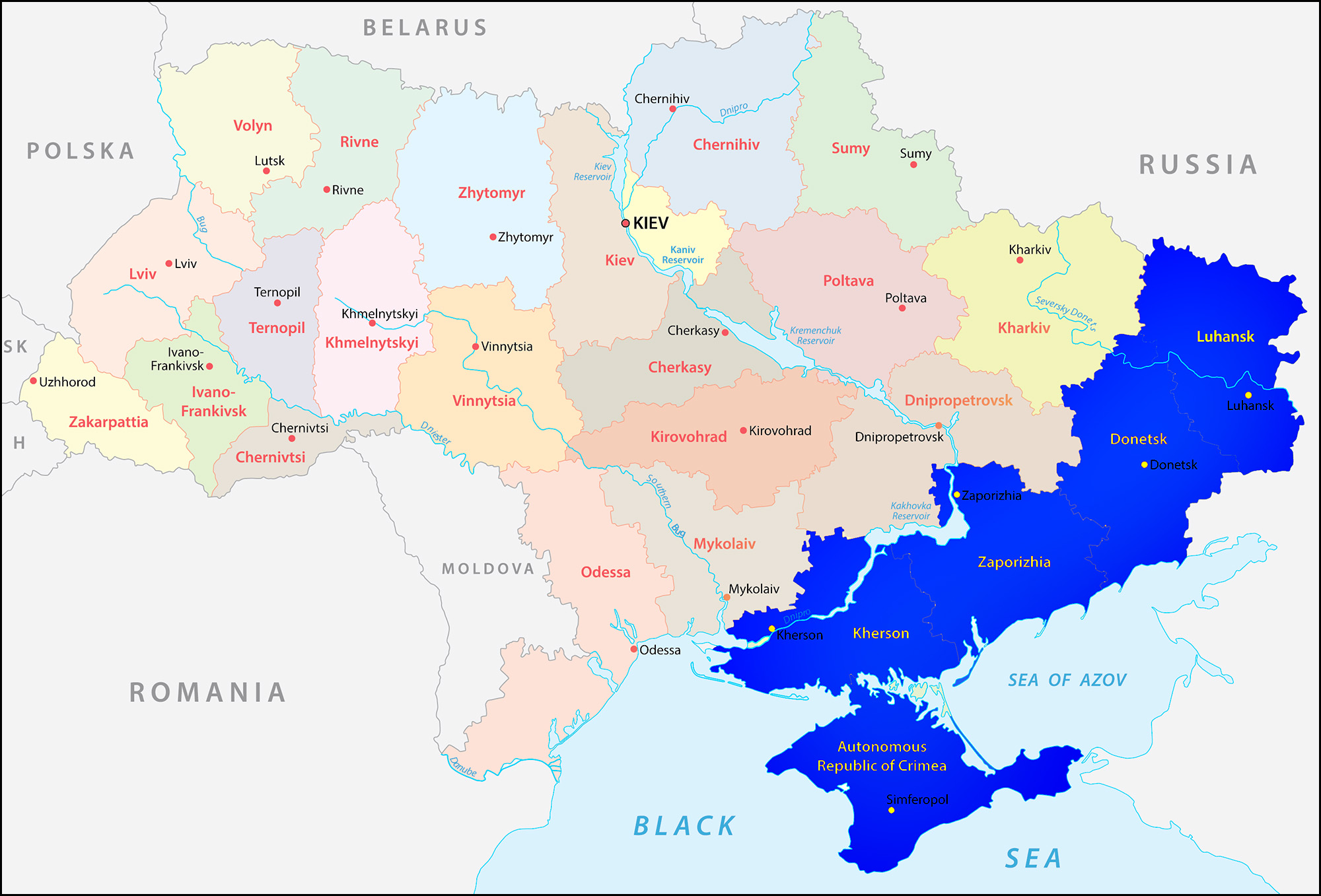The Washington Post takes on one of my favorite questions today: Why don't we use more heat pumps here in the United States?
There are two kinds of heat pumps, and I love them both. The first type should really be called "a cheap air conditioner," because that's what it is: an air conditioner that uses better technology than the one you have now. In summer it pumps heat out of your house and in winter it pumps heat into your house. And it does so for about half the cost of traditional heating and cooling.
The units are more expensive than standard air conditioners—and some climates are more favorable for heat pumps than others—but they don't cost that much more. And they save a lot of money in the long run:
In the United States, about 16,000 air conditioning units are installed daily on average. Researchers from CLASP and Harvard University predicted that if over the remaining decade, all houses installing central air conditioners bought a subsidized heat pump instead, consumers would save approximately $27 billion on heating and cooling bills, while decreasing greenhouse gas emissions by 49 million tons of carbon dioxide by 2032.
Hell, I had to replace our central air conditioner a few years ago and it cost somewhere around $10,000. The heat pump alternative might be a little more expensive than that, but only a little.
The second type of heat pump is geothermal, and it's a practical option only when you're building a new house. It looks like this:
 A geothermal heat pump takes advantage of the fact that once you dig down about six or seven feet, the temperature of the soil stays the same all year round, usually around 55° or so. In winter that's hot water that can be used to heat a house. In summer it's cold water that can be used to cool a house. That's super-efficient.
A geothermal heat pump takes advantage of the fact that once you dig down about six or seven feet, the temperature of the soil stays the same all year round, usually around 55° or so. In winter that's hot water that can be used to heat a house. In summer it's cold water that can be used to cool a house. That's super-efficient.
However, it also requires a whole bunch of piping to be installed underground, and that's a lot easier to do when a house is being built. Once the house is finished it's a lot harder to find the space to install the ground loops, though it's usually not impossible.
So this is a no-brainer. If you're building a house in a favorable area, it should include the piping for a geothermal heat pump. If you're replacing a central AC unit, it should be replaced with a heat pump. The Post story, sadly, doesn't really explain why heat pumps aren't more popular in the United States:
Estimates show that 90 percent of Japanese households use heat pumps to heat and cool homes, contributing to a 40 percent drop in the country’s electricity consumption over the past decade. In Italy, the government effectively pays citizens to use the technology; homeowners can get 110 percent of their heat pump cost reimbursed.
But the devices lack popularity in parts of the United States and Europe....Energy experts point to a couple of reasons heat pumps haven’t entered the mainstream. First is the name, which makes it difficult for people to recognize that it heats and cools. “It is confusing,” said Corinne Schneider, the chief communications officer for CLASP, an energy nonprofit. The high price of installation — systems can cost upward of $10,000 to buy and install — is also a hurdle for many users.
Well . . . maybe. But is it really that confusing? And aftermarket heat pumps aren't way more expensive than conventional AC compressors. I honestly don't understand why both of these aren't mandated technologies wherever they can be used.
UPDATE: I was writing sort of casually here and should have been more careful. Heat pumps really are great technology, and Japanese manufacturers have made them even better over the past decade. However, not every American should literally have one. They work better in some climates than others, so there are plenty of places where they don't do a very good job.
Just generally, though, we should use them more than we do. That's especially true for geothermal heat pumps, but their high installation cost keeps them from being more widespread. However, geothermal systems would mostly be installed by home developers, and a government mandate/assistance program aimed at developers could probably go a long way toward making them more popular.
 It's pretty plain that Obergefell had no influence on marriage at all.
It's pretty plain that Obergefell had no influence on marriage at all.





